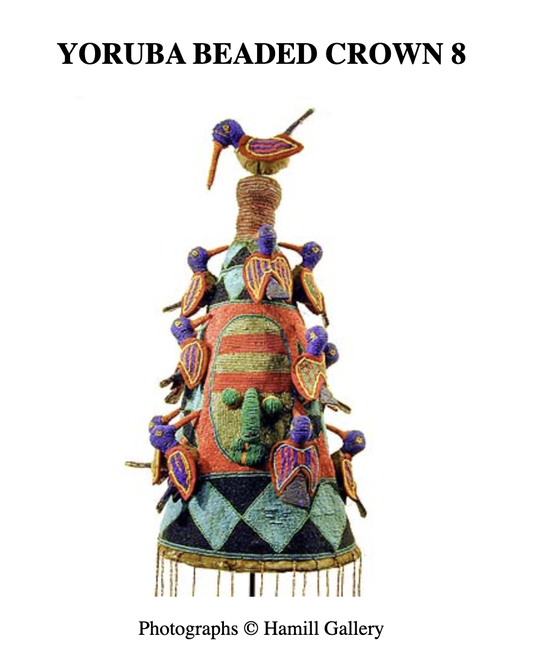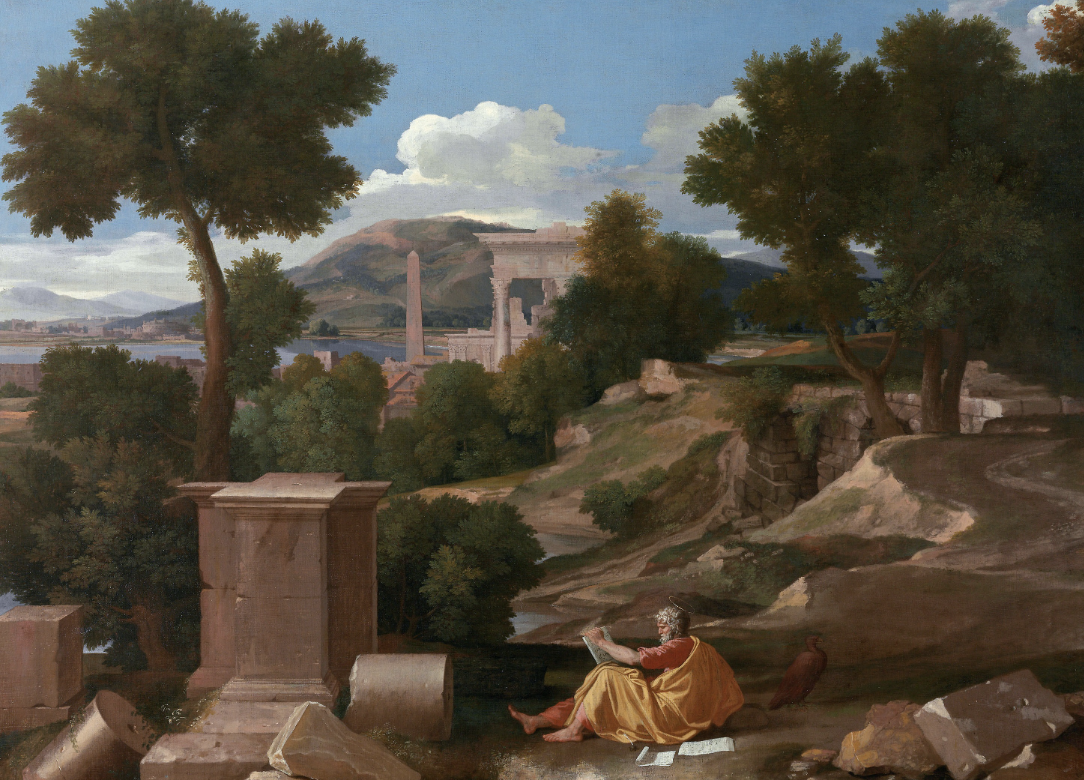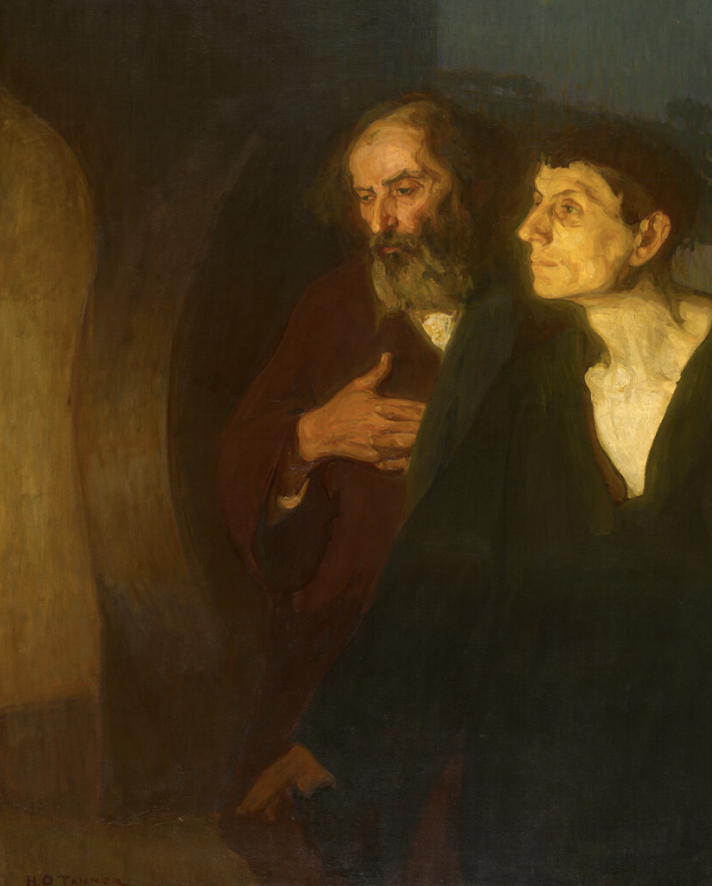Useful Youtube sites for Museum educationTo appreciate an artist's work is to understand how we see it. It is true appreciation to understand the intention and meaning of the artist's work and reflect on the artist's view of us who understands it and the viewer's view of themselves through this understanding. In this sense, I was intrigued by the crown of the Yorba tribe in Africa. In other words, it is important to show a splendid and overwhelming appearance in terms of decoration and authority, but this tribal crown looks somehow familiar. Small birds are sitting huddled in a long conical shape. However, even in this, there are many incantations and symbolic meanings such as the will to rule the people well, the symbol of one's royal authority, and the barem for abundance. It is the same throughout the work. As an artist, when I draw, I also put my intentions in like a hidden QR code. The intention is like the crown of the Yorba tribe, in the hope that the viewer will be rich, happy, and comforted by escaping from the worries of the world for a while. Sometimes, like Cindy Sherman, she puts her own messages and philosophies into the paintings depending on the social and political situation at the time. They read these messages, look at them from their own experiences and perspectives, reinterpret them, and interact with the author. This is true museum education. When we look at an artist's work, we feel a deep space rather than a simple painted canvas. This is YouTube that explains why and what to see through these spaces. I was particularly impressed with this 1962 landscape painting by Nicolas Poussin. This painting evokes the illusion that multiple layers are arranged in order. Therefore, if you turn your gaze from a far place to a near place, the figure of a philosopher who is writing calmly in front of you, preparing for the end of the earth, becomes more and more prominent. This landscape painting looks peaceful, but you can see that it was painted to relieve it in front of an extremely strong sense of crisis. Also, in the case of the composition of Piet Mondrian, which we know so well, as introduced on this site, it seems to be drawn easily for anyone to follow, but we should not overlook the fact that it contains the author's deep anguish and introspection. The fact that these paintings created by the artist were drawn without rulers or sketches shows how much the artist created perfect and beautiful harmony through countless trials and errors to compose these paintings. His paintings are extremely flat after all, but viewers feel a sense of extreme stability and harmony within them. The reason for this is his perfect understanding of color, line and space. Viewers can sympathize with this understanding of the artist. What does the artist want to convey through light? We have to keep this in mind when we appreciate the work. Among the artists introduced here, Henry Ossawa Tanner's The Two Disciples at the Tomb (1906), as an example, was impressive for conveying meaning through the use of light. You can notice the contrast between John and Peter, who opened the tomb of Jesus and witnessed the resurrection, by adding light around John's face so that he can feel the bright light coming from within. When you figure out the hidden intention of these writers and see the work, why Peter's look is dark compared to John, why Peter can't see the tomb of Jesus straight like John. When a painter uses light, he always contrasts dramatic darkness. Because this contrast amplifies and reveals the meaning of light. Therefore, if you look at a painting with this understanding of light and darkness, you can appreciate it more deeply.
0 Comments
Leave a Reply. |
Myungja Anna KohArtist Categories
All
Archives
July 2024
|
Proudly powered by Weebly




 RSS Feed
RSS Feed